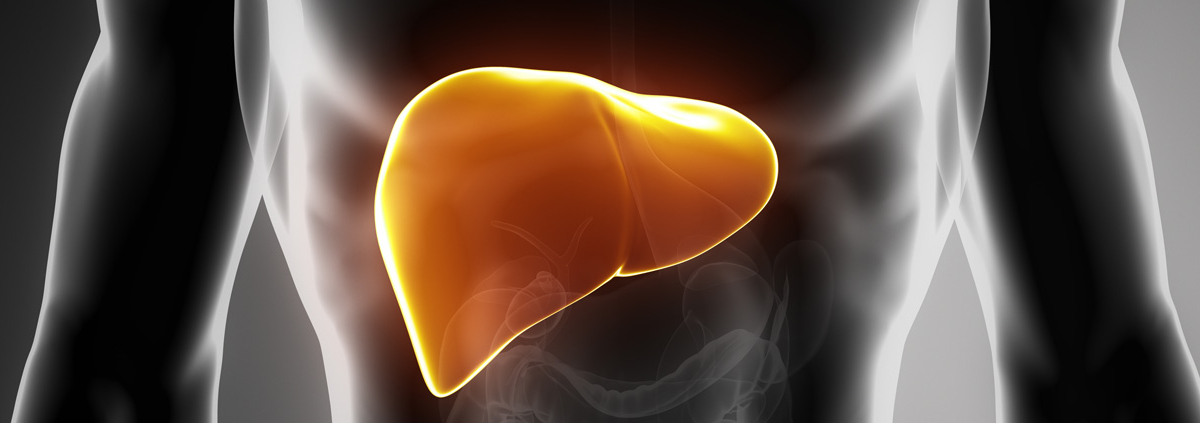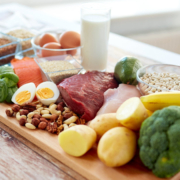Subtotal: $8.95
Gluconeogenesis: Making Sugar
On Tuesday, I said that blood sugars remained stable in all subjects throughout the study. How can that be when they would most likely use all their stored sugar in 24 hours or so? Their bodies made glucose out of protein and scraps from the breakdown of other substances.
Many hormones and connective tissue are made out of protein and are typically repaired after damage. The liver can use some amino acids from the damaged proteins to make metabolites that can enter the citric-acid cycle. When those remnants become scarce, the Number One source is muscle. Skeletal muscle is our protein storage facility, and while it isn’t preferred to use protein in this way, the body is protective of your blood sugar level and will protect it no matter what; it will make sugar for energy using whatever is available.
Use of fat as a fuel also increases, primarily in the mitochondria. While it’s complicated biochemistry, mitochondria are then stimulated to become more active and produce more free radicals. The good news is that researchers also observed an increase in antioxidant activity. Glutathione levels remained constant but an analog of glutathione called ophthalmic acid increased, keeping the rise in free radicals in check.
There was one more significant set of metabolites that were released. I’ll cover that on Saturday. What are you prepared to do today?
Dr. Chet
Reference: https://doi.org/10.1038/s41598-018-36674-9
 Vitaminas, Minerales, Hierbas y Otros Suplementos
Vitaminas, Minerales, Hierbas y Otros Suplementos 








